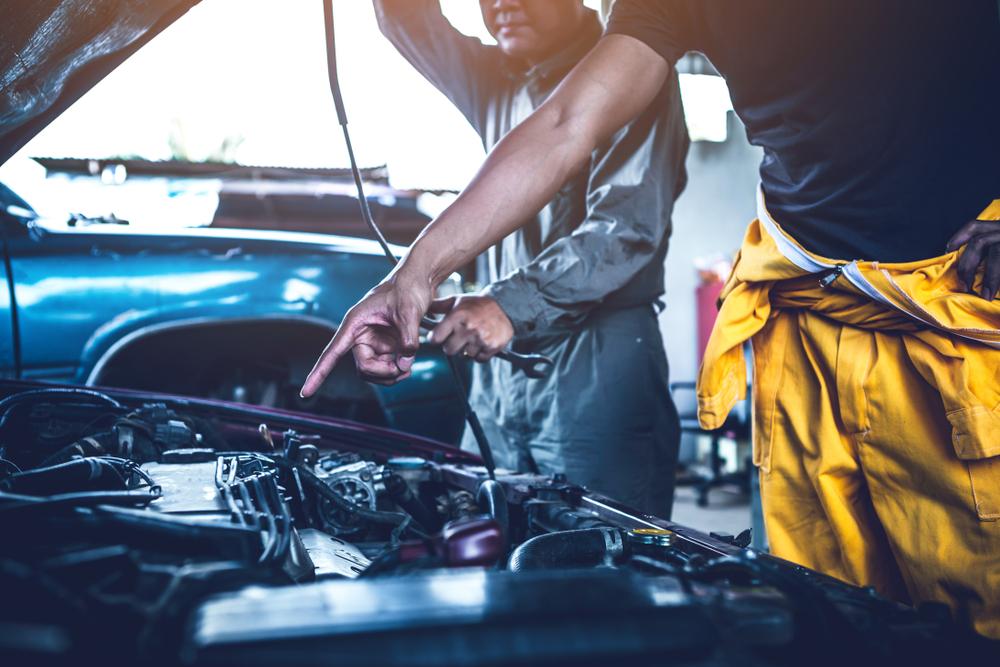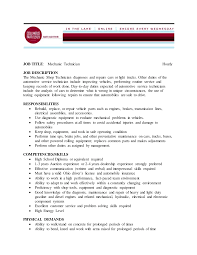
When looking for a good car repair shop, look for the AAA approved auto repair sticker. It will let you know that the shop meets AAA standards. The date of approval will also be displayed. Non-members of AAA will not be eligible for the AAA benefits, but they will still enjoy these stickers. These stickers will indicate to customers that the auto-repair shop meets AAA's standards. They also show customers that they are continuously approved by their customers.
Dispute resolution
AAA arbitration can be used if you are not satisfied with the quality of AAR facility's auto repair services. AAA will investigate the claim and make a recommendation. The AAA will make a decision and you, the AAA member are not obliged to accept it. If you disagree with the decision, you have other options. You can contact the BBB and ASE if you have concerns about the quality of the auto repair services provided by an AAR facility.

Inspection with 40 points
AAA member members can get their car fixed free of charge by getting a vehicle maintenance inspection. The inspection, which includes a written report detailing the necessary repairs, costs nothing, and can be performed at any AAA approved auto repair facility. AAA members qualify for a 10% discount in labor and parts. Priority service includes 60-minute vehicle inspections. AAA members will be able request alternate transportation for their car while it is in the workshop.
Member benefit
AAA is a leader in car repair for more than 100 years. The Approved Automobile Repair designation is a wonderful member benefit. AAA members need to be satisfied with these facilities. All employees must be manufacturer- or ASE certified. The quality of work is guaranteed for 24 months or 24,000 miles. AAA members are required to complete a survey about customer satisfaction at the conclusion of each service. Although the AAR designation has many benefits, it is perhaps the most valuable.
ASE-certified mechanics
AAA Approved Auto Repair Program was created in 1975. AAA inspects thousands repair facilities every year. It requires ASE-certified mechanics and high-quality customer service. AAA-approved auto repairs facilities offer 24-month guarantee on repairs. AAA certified mechanics are highly skilled and can guarantee reliability and quality. AAA approved auto repairs facilities use ASE Certified mechanics for your safety.
Quality standards
The Approved Auto Repair program was developed by the AAA in 1975, helping millions of drivers to find quality and dependable repair facilities. Every year, thousands of repair shops are inspected to ensure they meet the highest standards for customer service. AAA requires ASE-certified technicians to perform work. All repair facilities must also use the most current diagnostic equipment. AAA-approved auto shops follow strict environmental regulations to ensure proper disposal of waste.

Cost
AAA Approved Automobile Repair Program is a great option to save money and get high-quality services. Each certified repair facility must undergo stringent inspections to ensure they meet the highest standards of cleanliness. The shops are then reinspected every year to make sure they continue to meet these standards. AAA members are entitled to priority service as well as a nationwide guarantee on qualified services. AAA members have the right to seek arbitration if repair shops fail to meet their standards.
FAQ
How can I fix my car as a hobby?
Why not make it a hobby if you're interested in cars? You could learn how to repair them, buy parts for them, sell them or just enjoy them. It's a fun hobby that you can do if it interests you.
It's not an easy task to make this a full-time job. It takes dedication and hardwork. It will also require a large amount of investment.
So unless you have a good reason for wanting to get involved with cars, then it might be best to leave it alone.
How long does an automotive course take?
An automotive course lasts 3 years.
The first year of your training is devoted to theory. You will learn all about cars. The second year is dedicated to practical training, where you will learn how to fix cars, drive them, and do other jobs around the car. The final year includes a placement at an auto shop. This gives you real-world experience fixing real problems.
What are the requirements of an automotive technician?
You must have graduated high school or GED, with excellent English and math grades. Additionally, you will need to be proficient in reading and writing. After passing a written test, you will need to complete a series of practical tests before you are allowed to begin working.
How can I prepare to become a mechanic apprentice?
It is essential to understand what you are getting into. You should be familiar with the mechanics of cars, and how they work. This way, you know where to start when you go on your first day at the garage.
Also, you need to know how fix simple problems, such as tires and lights that aren't working.
These lessons will help you to identify and fix problems.
For the purpose of putting them back together again, you'll need to be able to identify how each piece fits together.
Finally, you need to be able to safely and efficiently use tools.
These things will enable you to be a competent mechanic.
Statistics
- There were 749,900 jobs available for automotive service technicians and mechanics in 2016, which is expected to grow by six percent through 2026. (jobhero.com)
- According to the BLS, the median annual salary for automotive service technicians and mechanics in the United States was $44,050 in May 2020. (uti.edu)
- According to the BLS, total auto technician employment is expected to exceed 705,000 by 2030. (uti.edu)
External Links
How To
How to correctly diagnose your vehicle for repairs
To determine if your car needs repairs, you should first look at the symptoms that your car presents. Then, follow these steps to diagnose your vehicle properly.
-
Check engine lights. Check the dashboard light indicators such as the engine light indicator, the oil pressure gauge, the battery light indicator, the coolant temperature gauge, and the RPM gauge. If any of these indicators have been flashing continuously for several days it could mean that there is something wrong with your vehicle.
-
Check the treads of your tires. Tires can become worn and cause problems in handling and braking. It is also important to inspect the wheel treads. They should be clean, and they should be smooth. The best way to do this is to remove the wheels and take them off. A flashlight can be used to check how worn the treads are.
-
Check the level of brake fluid. You must keep track on the level of brake fluid in your vehicle. This helps ensure that your brakes operate properly. If your brake fluid level is low they might not work properly when you apply pressure.
-
Check the suspension system. A suspension system is designed to absorb vibrations and shocks. It allows for better control, smooth acceleration, and deceleration. Your vehicle might feel wobbly, or shake uncontrollably if it has a bad suspension. Try putting some weight on your front or rear axle to determine if you have a suspension problem.
-
Examine the steering wheel. Steering columns connect the steering wheels to other parts of the vehicle. Many accidents can cause damage to steering columns. Replace it if your steering column feels loose or unsteady.
-
Pay close attention to the exhaust tube. Exhaust pipes move gases from combustion chamber to atmosphere. If your exhaust pipe leaks or cracks, it will allow harmful fumes into your cabin. You should also fix any bent tailpipes immediately.
-
Take a look under your hood. If you see anything unusual, take a look under the hood. Leakage of fluids in your engine could indicate that it is leaking. In addition, if you notice an unusual smell coming from your engine compartment, you should contact a professional technician.
-
Make sure to check the air filter. The vehicle's outside environment may cause the air filter to collect dust and debris. Vehicles that have a dirty air filter will not run well. Replace your air filter regularly.
-
The fan belt should be checked. Your vehicle's fanbel connects the engine and transmission. If the fan belt fails, the engine won't start. It is easy to replace the belt. You will need a screwdriver, pliers and a pair of pliers.
-
Make sure you inspect the radiator hoses and hoses. The radiator hose carries water from the radiator to the engine. It can cause hot liquid to leak onto the engine if it is damaged or cracked. You only need a pair of needle-nose pliers and a small wire brush to repair the hose.
-
Be sure to inspect your windshield wipers. Windshield wipers use electricity for snow and rain removal. If they stop working, streaks could be left on your glass. Simply change the washer oil to fix the problem.
-
You should inspect the cables. Your car's electrical system is powered by batteries. If you are replacing batteries, disconnect the negative cord first. Failure to do so can damage your alternator.
-
Pay attention to your headlights. Headlights help you see the road ahead. It can lead to poor visibility if they aren't working properly. Inspect the bulbs for signs of burnt out.
-
Pay attention to the lights. When you approach them at night, the lights warn other drivers. It could cause distraction and even lead to an accident if it doesn't work.
-
Check the brakes. Before you collide with another vehicle, brakes will slow down the car. You could lose control of the car and cause a crash if they don't work properly.
-
Check the oil regularly. The oilkeeps your engine lubricated. It helps keep metal parts from getting too worn down. It is recommended to change the oil once a month.